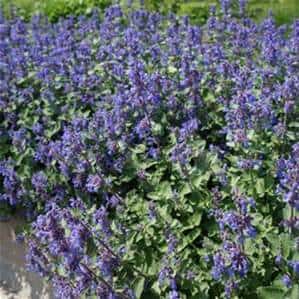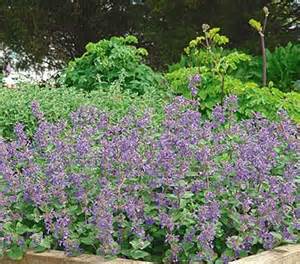February skirted in on the frosty and frayed tails of January’s overcoat at the very moment she shrugged and shred the bulky garment on the frozen ground. The shift was seamless, barely perceptible. Winter, thus, continues.
Although it’s only February, about six weeks into Winter, there is a glimmer of hope – an inclination that Spring is not so very distant. Over the weekend, despite the return of typical January weather, I heard the distinct and dulcet tones of birds singing. I remember it seemed completely incongruent to the environment around me, so I paused to listen. It wasn’t chirping nor chattering. It was singing! It seemed so out-of-place, a striking contrast to the wintry landscape, and their songs hinted of the season to come.
Winter birds, like Chickadees, Woodpeckers and Cardinals are some of the first to announce Spring’s arrival. According to John Hanson Mitchell, an Editor with the Massachusetts Audubon Society, “the changing light has a hormonal trigger that starts the birdsong.” Apparently, our feathered friends have photoreceptors in their brains that record the length of darkness each day. As the darkness shortens, and days lengthen, birds, just like humans, get Spring fever. So the promise of Spring is real. Nature says so, and I’m inclined to believe she knows what she’s talking about.
It’s never too early to start thinking and planning for Spring. Reach out to Sweeney’s to schedule your Spring Clean Ups, Mowing and Maintenance Services, and any and all of your Spring gardening projects!
Plant of the Week
Early Bird Catmint
Low growing groundcover with dainty lavender-blue flowers that bloom April – September amongst fragrant gray-green foliage. Prefers sun and dry soil. Grows 12-18″ tall and 12-18″ wide. Drought tolerant and deer and rabbit resistant. Attracts hummingbirds, butterflies and other pollinators.
“Welcome, welcome little stranger
Fear no harm; and fear no danger;
We are glad to see you here,
For you sing, “Sweet Spring is near.”
-Louisa May Alcott
Best wishes,
Kim Sweeney


